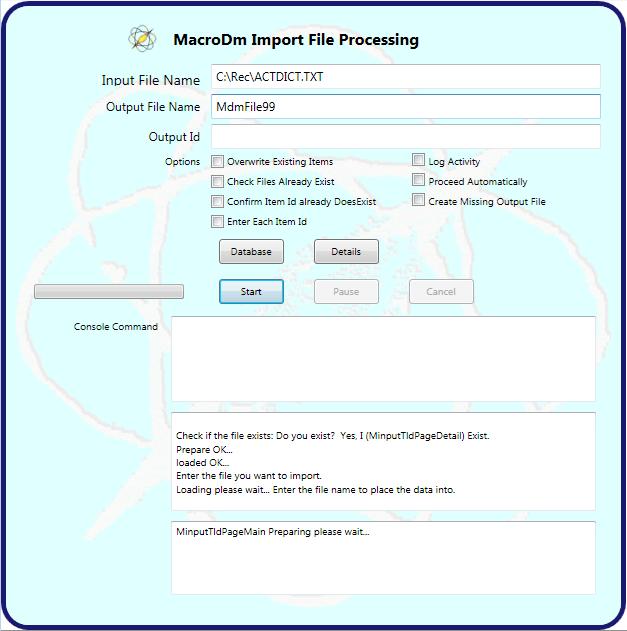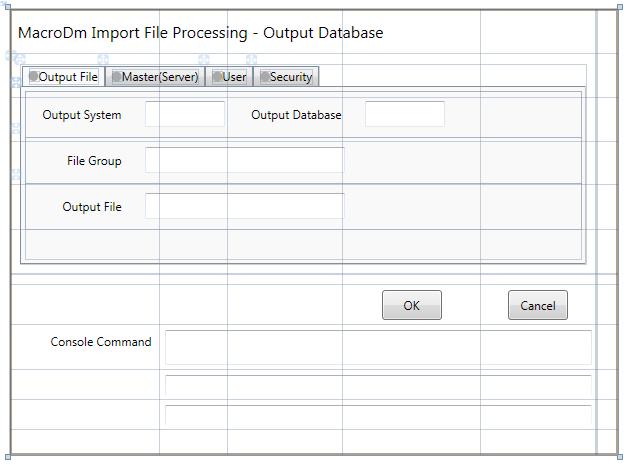Mdm Desktop and System Management Recommendations
Mdm Desktop and System Management Recommendations
I have spent a great deal time doing technology evaluation
and this includes strong focus on the user interface.
I have an ongoing interest in fast, flexible and intuitive
implementations.
I am a fairly strong advocate of using the OS as intended
while making small changes to come up with the required UI
features. I think we are now at a point that we would benefit by
having some voice system running as well. It turns out this fact creates
more of an argument for a simple naming convention that uses
complete words.
There are a very few basic concepts the user needs to understand:
- Creating and managing folders on disk.
- The explorer is quite simple and must be learned.
- Organizing data and document folders makes the system much more useful.
- Creating an extensive system of short-cuts and links for navigating.
- Having (hopefully) context accessible folder templates for entities.
- Always use descriptive easy to understand naming.
Due to workarounds using the browser has one
critical rule, otherwise the IE8 usage is fairly direct and open.
The Favorites forlder is intended to hold any open
topics where folder structure is being changed.
This is specifically required for any topics where
documents and hierarchy are being captured from the
Internet.
Data Mediation
Advanced conversion features launched by an easy
to use interface.
The main page includes a progress bar and adjustable levels of progress details. It is a diagnostic utility and featurse a real-time raw data windows, pause to examine and detailed exceptions handling.
Database File Selection
The database information page allows entry of the standard database attributes including server, database, filegroup, user, password, authorization.
Implementation of file owner as well as populated drop downs for each database attribute are still pending.
File Subsystem
Handles SQL, Ascii, Binary and post-relational database files. Equipped with an auxillary connection. Comprehensive data format and schema transformation.
The Project
The requirements for this project were that is first and foremost produce the necessary classes that could be used for any typical business application under .Net.
Second, was the need to implement all of the relevant features from the existing Axion / MDM OSS module in an appropriate manner. This would include a small number of enhancements and changes opportune to endeavour.
Third, was a desire to implement a small set of language and string extensions and features not already existing in .Net.
Fourth involves a trip down the rabbit hole and a number of issues. To deeply explore the effects and costs of deferring the creation of clean classes to save time early in the project. Transcription of classes and code from other environments. The manual process of code conversion to C# with a view to automated processes. In general, an further evaluation of the requirements to create OO classes from platforms other than .Net.
Six, a more pragmatic approach code conversion where some determination would be made regarding implementing the existing applicaitons under C#. This included the user interface, in particular maintenance and data entry forms as well as existing generated forms. It also included file, database, transaction and distributed processing issues. Last was comparison of web enabling existing applications versus the use of Silverlight under C#.
Finally, I was interested in exploring features of C# that
I was not properly familiar with in a hands on fashion.
In particular this included weak object types and introspection
but also included features such as LINQ, generics, WPF /
Silverlight, etc.

